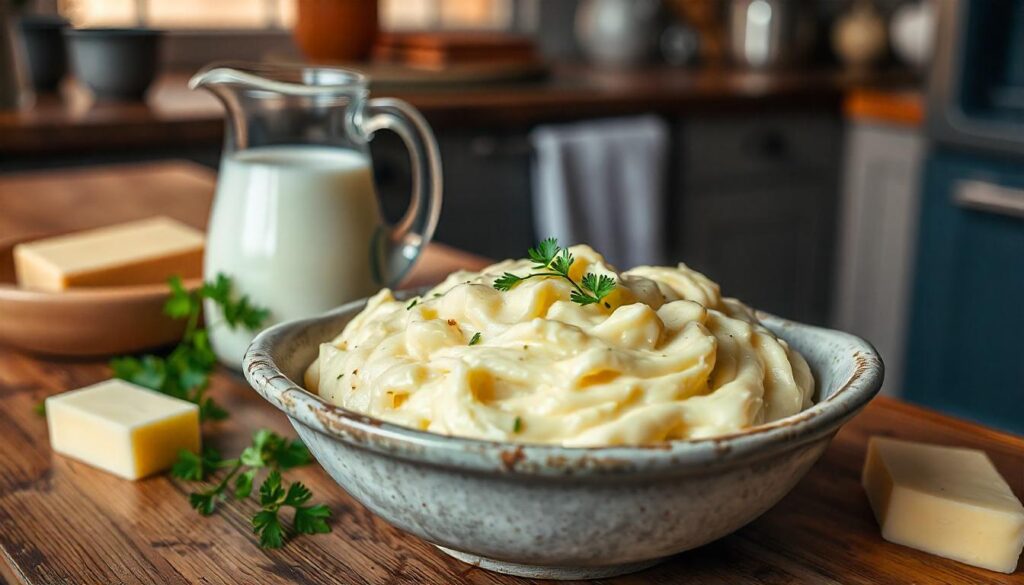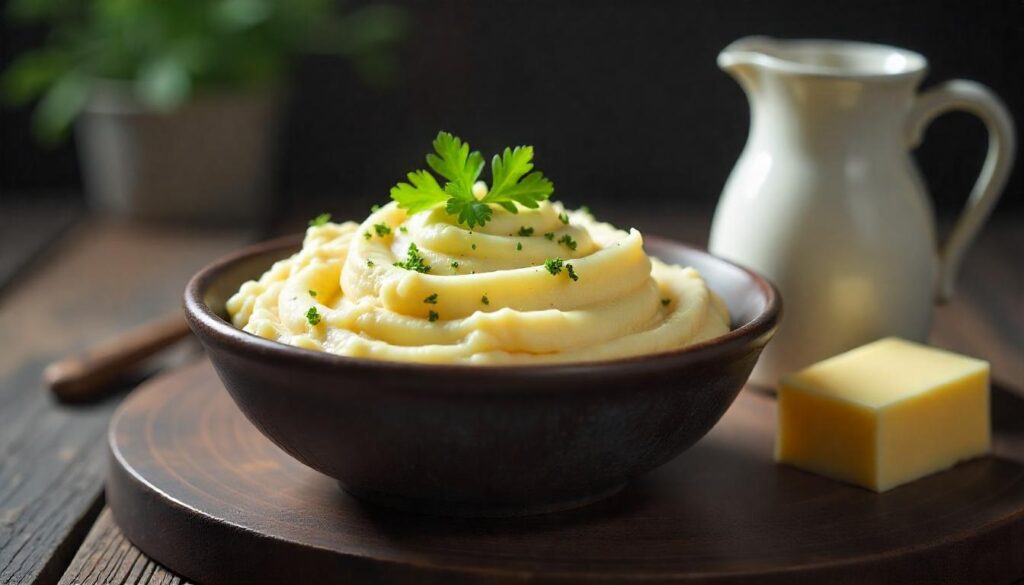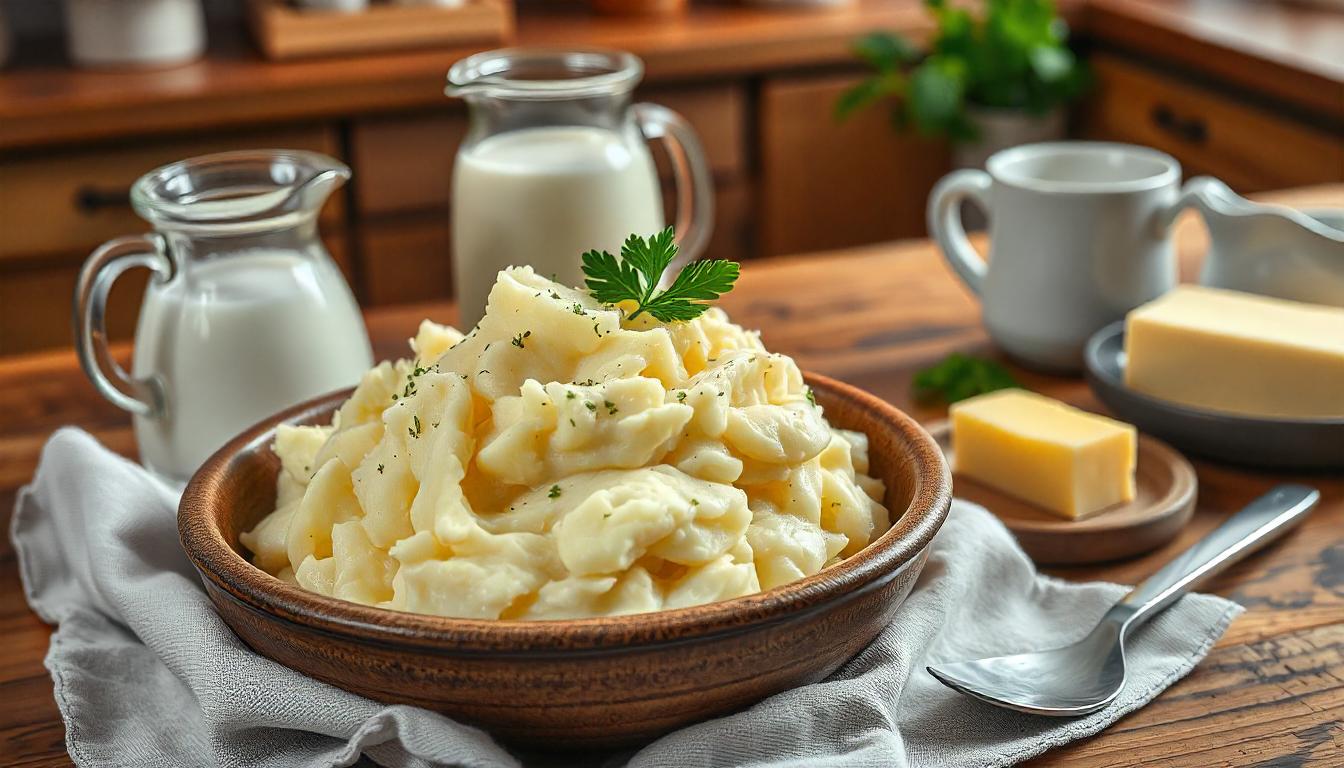Mashed potatoes are a quintessential comfort food, gracing dinner tables around the world for generations. Renowned for their creamy texture and ability to pair seamlessly with a variety of dishes, they’re a staple in many households. However, a debate continues to stir among food enthusiasts: is milk truly the best ingredient for mashed potatoes? While traditional recipes often call for milk, the versatility of this dish has inspired countless variations using alternative ingredients. In this comprehensive guide, we’ll explore the role of milk, delve into the science behind its use, consider alternative ingredients, and provide tips to create your perfect mashed potatoes.

Why Milk is a Popular Choice
To begin with, milk has long been a go-to ingredient for mashed potatoes due to its ability to create a smooth, creamy texture. When combined with starchy potatoes, milk acts as a binder, ensuring the mash is neither too dry nor overly watery. This balance is crucial for achieving the ideal consistency. According to Love and Lemons, whole milk is particularly effective in mashed potato recipes because its higher fat content adds richness and enhances the flavor.
Furthermore, the temperature of the milk plays an essential role in the outcome. As emphasized by The Kitchn, warming the milk before mixing it with the potatoes prevents cooling and ensures a silky consistency. Cold milk can lead to a lumpy texture, detracting from the overall dish.
Additionally, milk’s versatility makes it an excellent choice for experimenting with flavors. You can infuse it with garlic, herbs, or spices to enhance the dish’s complexity. Whether you prefer a traditional taste or want to add a twist, milk provides a dependable base.
The Science Behind Creaminess
It’s worth noting that the creaminess of mashed potatoes isn’t solely about the amount of liquid added; it’s also about the interaction between starch and dairy. When potatoes are mashed, their starch molecules are released, which contributes to the texture. Adding milk at the right temperature and in the right quantity helps control the starch’s behavior, resulting in a creamy, cohesive dish.

Moreover, using warmed milk ensures that the starch granules do not seize up, which can happen when cold liquids are added. This is why culinary experts, such as those at Tasting Table, advise against adding cold dairy. Instead, gently heating the milk allows it to blend seamlessly with the potatoes, preserving their soft, fluffy texture.
Exploring Alternatives to Milk
While milk is the traditional choice, it’s far from the only option. Depending on your dietary preferences or the flavor profile you’re aiming for, several alternatives can produce equally delicious results. Let’s examine some popular substitutes:
1. Cream
Cream is an excellent alternative for those who want to take their mashed potatoes to the next level. Its higher fat content compared to milk gives the dish a luxurious, velvety texture. While cream may be richer than milk, its thicker consistency requires careful measurement to avoid overpowering the potatoes.
2. Sour Cream
Sour cream introduces a tangy flavor and a denser texture to mashed potatoes. This alternative is especially popular in recipes that pair well with savory dishes like roasted meats or gravies. Additionally, sour cream adds a unique depth of flavor, making it an exciting variation.
3. Buttermilk
For those seeking a lighter texture with a slight tang, buttermilk is a fantastic option. Its thinner consistency allows for easy mixing, while its acidity enhances the potatoes’ natural flavor. This is an ideal choice for those looking to balance richness with subtle tartness.
4. Non-Dairy Options
Non-dairy milks such as almond, soy, or oat milk are increasingly popular for vegan or lactose-intolerant individuals. These alternatives work well, though they may slightly alter the flavor. To mimic the creaminess of dairy milk, opt for unsweetened versions with higher fat content.
For more inspiration on experimenting with different variations, consider exploring this guide on mashed potatoes and gravy, which delves into complementary flavors and textures.
How to Choose the Right Potatoes
While the choice of liquid is crucial, the type of potatoes you use is equally important. Potatoes can generally be categorized into starchy, waxy, and all-purpose varieties:
- Starchy Potatoes: Russet potatoes are ideal for mashed potatoes because of their high starch content, which produces a fluffy texture.
- Waxy Potatoes: Red or new potatoes are less starchy, leading to a denser mash. These are better suited for chunkier mashed potatoes.
- All-Purpose Potatoes: Yukon Gold potatoes strike a balance between starchy and waxy, making them versatile and creamy when mashed.
Combining different types of potatoes can also yield interesting results. For instance, mixing Russets with Yukon Golds gives you a blend of fluffiness and creaminess.
Tips for Perfect Mashed Potatoes
To achieve restaurant-quality mashed potatoes, follow these tried-and-true tips:
- Warm Your Ingredients
Always warm your milk, cream, or butter before adding them to the potatoes. Cold ingredients can lead to lumps and uneven consistency. - Season in Layers
Add salt during the cooking process and adjust after mashing to ensure the potatoes are well-seasoned throughout. - Mash Gently
Over-mashing potatoes releases excess starch, which can result in a gluey texture. Use a potato masher or ricer for the best results. - Add Liquid Gradually
Start with a small amount of milk or cream, then add more as needed. This allows you to control the consistency and avoid overly runny potatoes.
For more troubleshooting advice, read about why your potato dishes might lack flavor, including how to fix common seasoning mistakes.
Common Mistakes to Avoid
Even experienced cooks can make mistakes when preparing mashed potatoes. Here are some pitfalls to avoid:
- Adding Too Much Liquid
Overpouring milk or cream can make your potatoes overly runny, diminishing their flavor. - Using Cold Butter or Milk
Cold ingredients can shock the potatoes, leading to an uneven texture. - Overworking the Potatoes
Excessive mashing or stirring releases too much starch, resulting in a gummy consistency.

FAQs About Milk in Mashed Potatoes
Is Milk Necessary for Mashed Potatoes?
Not necessarily. While milk is traditional, alternatives like cream, sour cream, or non-dairy milks can achieve similar results.
What Type of Milk Works Best?
Whole milk is preferred for its creaminess, but 2% or skim milk can work if that’s what you have on hand.
Can You Use Non-Dairy Milk?
Yes! Almond, soy, and oat milk are excellent substitutes, but they may slightly alter the flavor.
Conclusion: Is Milk the Best Choice?
Ultimately, the choice of whether to use milk in mashed potatoes comes down to personal preference. Milk is a versatile, reliable ingredient that creates a creamy, balanced dish. However, alternatives like cream, sour cream, or non-dairy options can add exciting new dimensions to this classic recipe.

To elevate your mashed potato game, consider experimenting with different combinations of liquids and potatoes. For more pairing ideas, check out what makes mashed potatoes the ultimate comfort food.
By following these tips and embracing creativity, you’ll be able to craft mashed potatoes that suit any occasion—whether it’s a casual weeknight dinner or a festive holiday feast.

